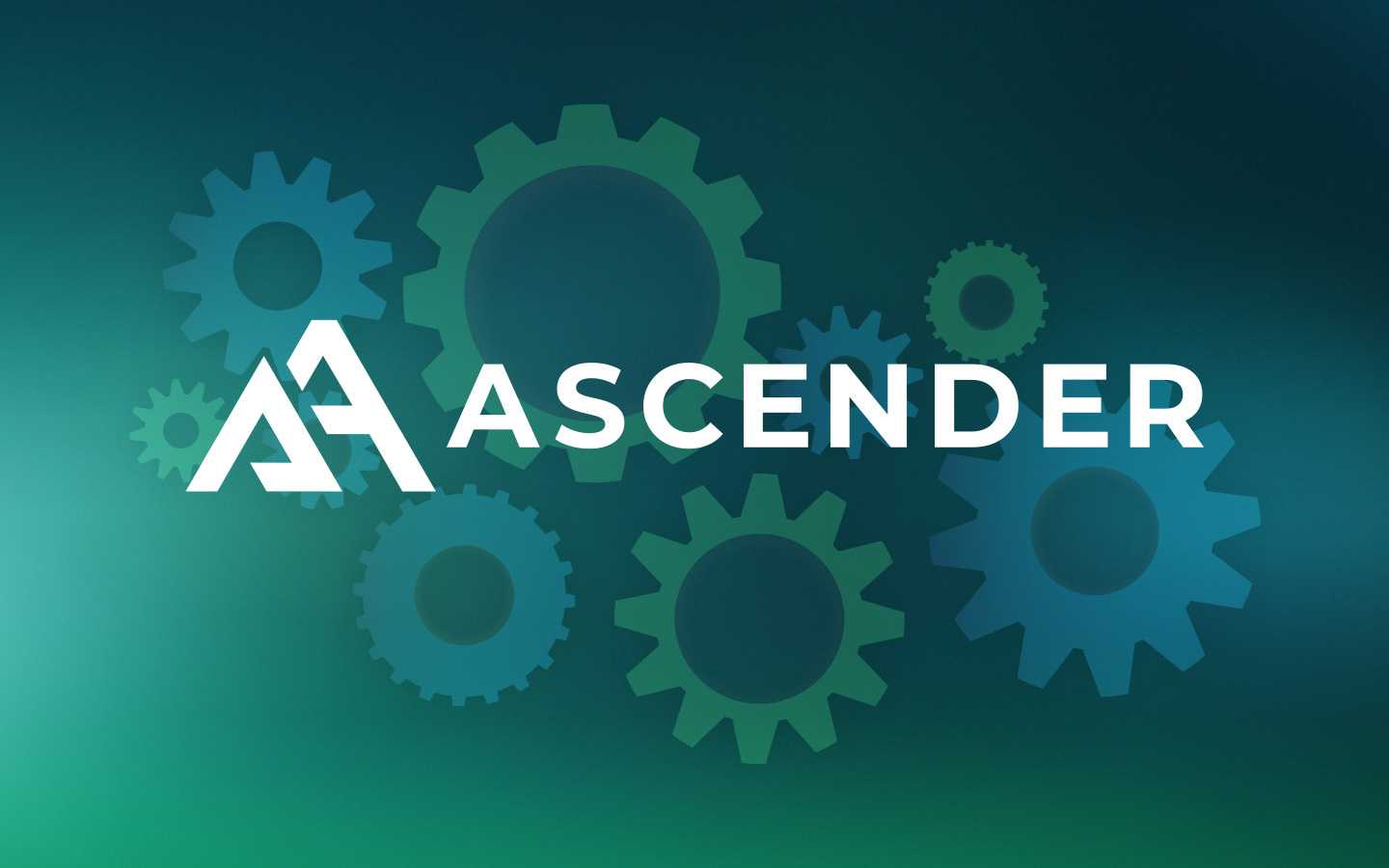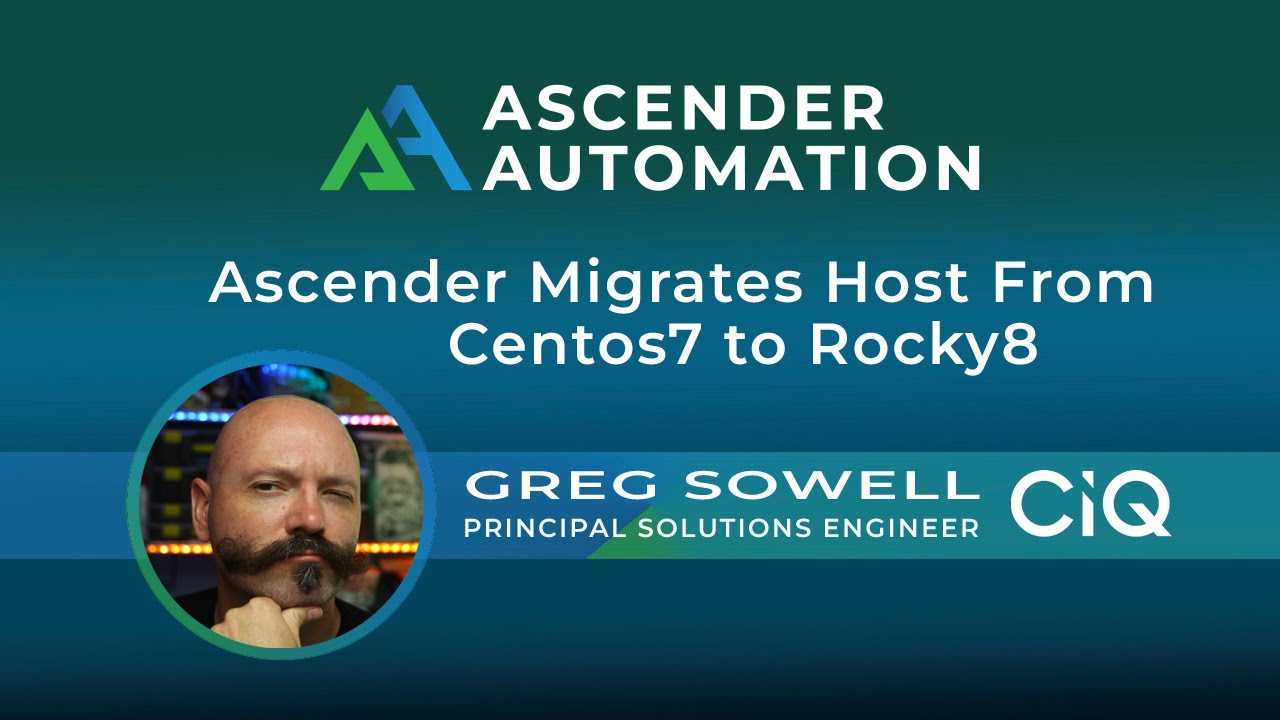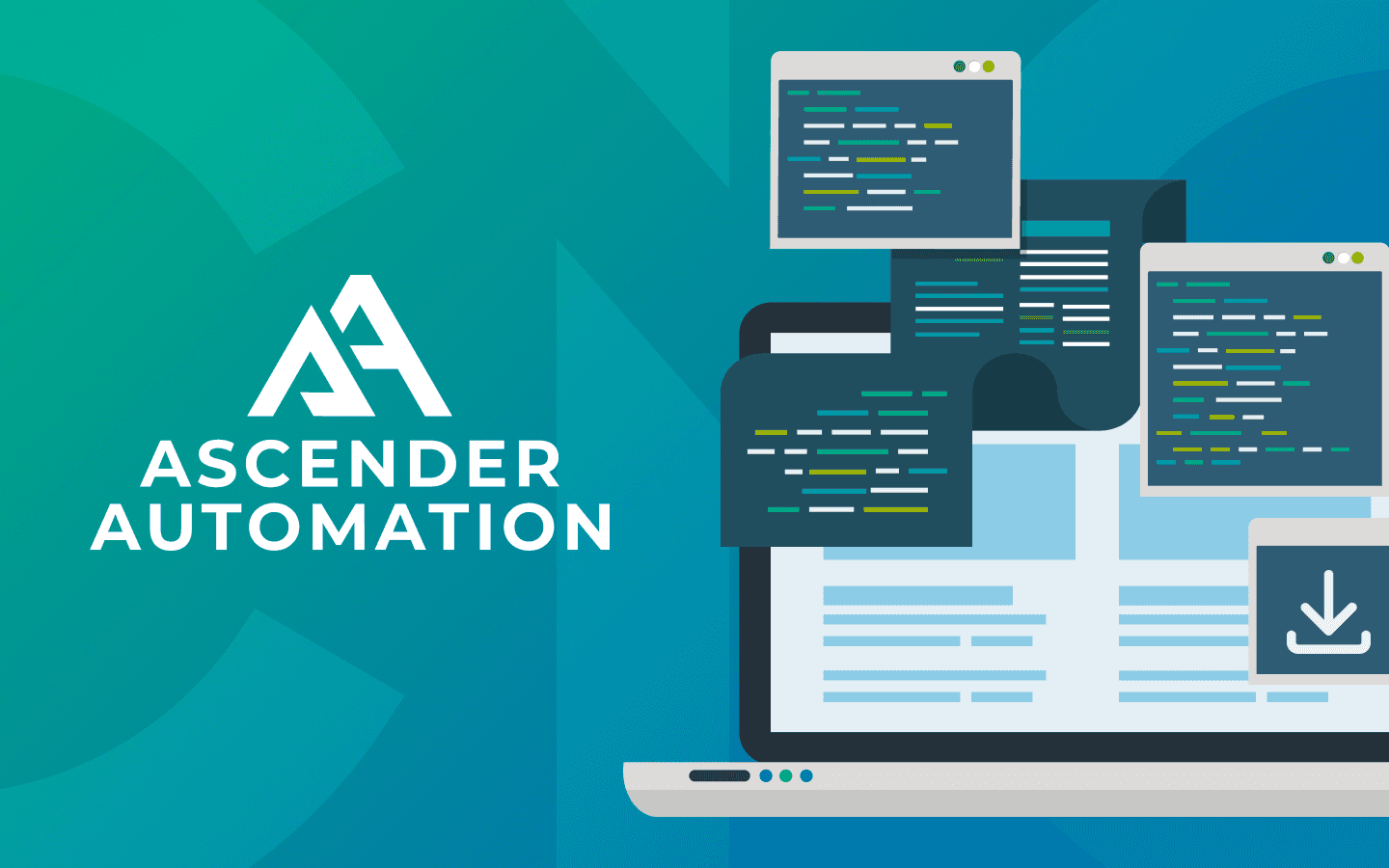7 min read
Top Challenges in Managing Complex IT Infrastructures (and How to Overcome Them)

As modern businesses expand, their IT infrastructures grow in both size and complexity. What starts as a manageable collection of systems can quickly evolve into a sprawling, multifaceted ecosystem of servers, applications, networks, and devices. Managing it all requires a small army of people with competing priorities. Developers, DevOps, QA, and IT teams are balancing technical dependencies, security requirements, compliance, governance, performance, scalability, and costs.
It doesn’t take long for infrastructure to become unmanageable, especially without automation. For companies relying on manual processes or legacy systems, keeping up with these challenges becomes increasingly difficult. However, with the right strategies and automation tools in place, organizations can streamline their operations and maintain control over their infrastructures.
Let’s walk through the top challenges of managing complex IT infrastructures and how to overcome them.
1. Scalability struggles: Storage, apps, security, and patching
One of the biggest challenges enterprises face as they grow is scaling their IT infrastructure to keep pace with business demands. Whether it’s expanding storage capacity, adding new applications, or managing a hybrid or multi-cloud environment, scaling manually is time-consuming and prone to error.
For example, a retail company experiencing rapid growth may need to scale its infrastructure to handle increased online traffic and new applications. Managing this manually could lead to frequent errors and downtime, frustrating customers, employees, and stockholders or investors.
Solution: Auto-scale your environment and get the resources you need
An IT automation platform can scale infrastructure both horizontally (adding more nodes where needed) and vertically (upgrading resources available to nodes, like CPU and RAM). Auto-scaling servers, databases, network hardware, and other resources allows businesses to make quick, on-the-fly adjustments. No burdening IT teams with manual configurations and no frustrated customers. Even better: with comprehensive automation, every new deployment is consistent, secure, and aligned with business and regulatory requirements.
2. Security vulnerabilities: Protecting infrastructure as quickly as possible
The more complex IT infrastructure becomes, the harder it is to ensure that all systems are secure. You may not be able to easily audit your existing systems to know which ones are running the latest patches. As new devices, servers, and applications are added, each becomes a potential point of vulnerability. Security risks such as outdated software, misconfigurations, and unauthorized access often go unnoticed, leaving businesses exposed to cyberattacks.
When security vulnerabilities are discovered in your infrastructure, it’s critical to act swiftly. With traditional manual processes, patching and mitigating risks can be slow and incomplete, leaving systems exposed. Recent studies show that it takes an average of 277 days to identify and contain a breach — far too long a window to eliminate the risk.
Solution: Keep your data and systems secure with automation
Automation systems can detect and remediate vulnerabilities across your environment, ensuring that your systems stay secure with minimal intervention. Having an automation platform means you can significantly reduce response times and ensure compliance without the complexity of manual intervention.
For example, you can automate the deployment of security patches and system updates with just a few clicks and get a compliant audit log for every affected system. Rather than keeping system patching on the backlog as technical debt, security and maintenance happen without the need for hours of manual work at the command line, rebooting systems and manually checking whether they’re functioning properly. Plus, automation can tell you exactly who made what changes and when, giving you proactive control over potential vulnerabilities and risks.
3. Compliance complexity: Where auditability and visibility shine
Compliance is another area where complexity increases along with the growth of the business. Whether it's GDPR, HIPAA, or other industry-specific regulations, managing compliance in a large-scale IT environment can be overwhelming. The manual effort required to track system changes, generate compliance reports, and prepare for audits consumes valuable IT resources.
Let’s say your company expands into new markets. You’ll likely face additional data privacy laws and security regulations that must be tracked and enforced across all systems. Manually ensuring that each server and application remains compliant with these new, additional rules not only slows down operations but also increases the risk of missing critical updates. Without an automation platform, you can’t easily define or apply policies, monitor related changes, or generate real-time reports to be in an audit-ready state.
Solution: Get the eyes and ears you need for compliance with a shared automation platform
To truly stay ahead of compliance requirements, organizations need a shared toolset that bridges the gap between IT and security teams. A unified automation platform can bring teams together to ensure environments are verifiably secure, sharing visibility into system changes, security patches, and compliance status. Imagine if IT could manage infrastructure in the same app where security teams monitor for vulnerabilities. Automation tools make it easier to apply security policies consistently across environments, while compliance dashboards and detailed audit trails provide both teams with real-time insights.
For compliance, it’s really not enough to have just an automation platform. You need eyes and ears into your entire environment with an easy way to detect what systems are out of compliance or vulnerable to a relevant risk. Automation is great for automatically detecting issues and patching them quickly, but automated logging and detailed compliance-specific reporting is just as important in this context.
With every system change tracked and visualized in real time, IT teams need the ability to easily generate reports that demonstrate adherence to regulations and governance policies. Automated audit trails and visual compliance dashboards make it simple to stay audit-ready without the headache of manually compiling information.
4. Identify and eliminate performance bottlenecks with automation
In a dynamic enterprise IT environment, identifying and addressing performance issues is a constant game of whack-a-mole. Performance bottlenecks can arise from hardware failures, network congestion, or misconfigurations, and they can impact business operations in significant ways — from slower website load times to delayed internal processes.
Without automation, IT teams often rely on manual monitoring and troubleshooting, which can delay the detection and resolution of performance bottlenecks. This reactive approach means problems may only be identified after they’ve already caused disruptions, such as degraded user experience or missed service-level agreements (SLAs). Additionally, diagnosing the root cause of issues in a complex environment can be time-consuming, leading to prolonged downtime and lost productivity while teams manually sift through logs and configurations.
Solution: Automate your performance diagnostics and remediation
Automate your performance monitoring and remediation. Back to the scaling topic earlier, you need to make sure you can deploy the resources and consistent configurations you need to run smoothly. An automation platform with deep visibility minimizes the chances of misconfigurations that lead to performance issues. Additionally, automated monitoring tools can alert IT teams to potential bottlenecks in real time, allowing them to proactively resolve issues before they escalate.
5. Control your costs and optimize your environment with native integrations
Managing costs in a large IT environment can be challenging, especially when manual processes are involved. IT teams often spend excessive time managing systems, troubleshooting issues, and ensuring compliance, which can drive up operational costs. Additionally, without a clear view of resource usage, companies may end up paying for resources they don’t need or use inefficiently.
Many organizations use a variety of tools to manage their IT infrastructures, which can create a fragmented, expensive approach to management. A lack of integration between these tools can lead to inefficiencies, as teams waste time switching between different platforms, troubleshooting issues that arise from poor communication between systems, or trying to piece together data from disparate sources. Higher costs, higher frustration.
Solution: Reduce manual labor and inefficiency with automation and integrations
Reduce your costs by streamlining operations (e.g., integrations, monitoring) and reducing manual labor. Automate your repetitive tasks and free up teams to focus on strategic initiatives. By automating infrastructure deployment and scaling, you can avoid overprovisioning and only use the resources you need.
Bring order to a fragmented toolset with seamless integrations for a wide range of cloud services, CI/CD pipelines, and external monitoring tools, providing a centralized platform for managing automation workflows. By consolidating processes within one platform, IT teams can increase efficiency and ensure that all systems are working together cohesively.
6. Managing Hybrid and Multi-Cloud Environments
Enterprises are trying to get the best of both worlds by adopting hybrid and multi-cloud strategies, but managing a mix of on-premises, public, and private cloud environments becomes highly complex. Ensuring that all environments are aligned, secure, and compliant is difficult when using manual processes or legacy systems.
Without automation, IT teams are forced to manually coordinate workloads, security policies, and configurations across multiple environments, increasing the risk of misalignment or security gaps. Each cloud platform may have its own set of management tools and interfaces, making it difficult to maintain consistency and visibility. As a result, troubleshooting issues, enforcing policies, or scaling resources across these fragmented environments becomes time-consuming and prone to errors, leading to operational inefficiencies and potential downtime.
Solution: Manage all your infrastructure from a single pane of glass
To effectively manage hybrid and multi-cloud environments, having a unified view across all platforms is a game changer. Without this centralized visibility, IT teams are left juggling multiple dashboards (if they even have one), making it hard to maintain alignment and enforce consistent policies. Automating the monitoring and management of these environments from a single interface enables real-time oversight and control, allowing teams to easily track performance, apply security policies, and manage workloads across clouds. This simplifies the complexity and ensures that all systems are integrated and operating efficiently, reducing the chance of misconfigurations or oversights that could lead to downtime or security risks.
Automation is the key to overcoming complexity and staying ahead of growth
Managing complex IT infrastructures is no easy task. From security vulnerabilities to compliance challenges and cost control, there are countless ways things can go wrong if businesses rely on manual processes. However, with the right automation and visibility tools in place, companies can streamline their operations, reduce risks, and focus on innovation rather than firefighting.
Automation platforms like Ascender and visibility solutions like Ascender Pro are specifically designed to address the challenges of modern IT environments. By automating repetitive tasks, enhancing security, and simplifying compliance, these tools provide businesses with the control and visibility they need to thrive in an increasingly complex digital landscape.
If you’re exploring the landscape, watch our webinar about scaling infrastructure with automation:
Built for Scale. Chosen by the World’s Best.
1.4M+
Rocky Linux instances
Being used world wide
90%
Of fortune 100 companies
Use CIQ supported technologies
250k
Avg. monthly downloads
Rocky Linux



